Japanese Woodcut Print by Unknown Artist
This is a superb polychrome woodblock print (nishiki-e, ink and colour on paper), likely realized by Utagawa Hiroshige (Japanese, 1797-1858) at the middle of 19th century. This plate is signed on plate by the artist in a cartouche, and reportes the marks of censor’seal.
In fair condition, with vivid colours and fresh impressions, this plate has some aging signs (yellowing of the paper, discolorations. Although some thinned areas this ukiyo-e print has preserved still today its beauty and charme.
Collect this superb ukiyo-e, depicting pilgrims at the temple, an image usuful for the meditation, to embellish your house with a sophisticated Oriental touch!
Utagawa Hiroshige (Japan, 1797-1858) Born Ando Hiroshige, Hiroshige was the best known Japanese ukiyo-e artist, considered the last great master of that tradition .
Remembered for his horizontal-format landscape series, the obans of the porint series The Fifty-three Stations of the Tokaido and for his vertical-format landscape series One Hundred Famous Views of Edo . The subjects of his work were atypical of the ukiyo-e genre, whose typical focus was on beautiful women, popular actors, and other scenes of the urban pleasure districts of Japan's Edo period (1603–1868).
The Hiroshige's death marked the beginning of a rapid decline in the ukiyo-e genre, especially in the face of the westernization that followed the Meiji Restoration of 1868, but the Hiroshige trends returned under the name of “Japonism” on Western European painting towards the close of the 19th century. Famous artrtists, such as Manet and Monet, collected and closely studied Hiroshige's compositions.
This is a superb polychrome woodblock print (nishiki-e, ink and colour on paper), likely realized by Utagawa Hiroshige (Japanese, 1797-1858) at the middle of 19th century. This plate is signed on plate by the artist in a cartouche, and reportes the marks of censor’seal.
In fair condition, with vivid colours and fresh impressions, this plate has some aging signs (yellowing of the paper, discolorations. Although some thinned areas this ukiyo-e print has preserved still today its beauty and charme.
Collect this superb ukiyo-e, depicting pilgrims at the temple, an image usuful for the meditation, to embellish your house with a sophisticated Oriental touch!
Utagawa Hiroshige (Japan, 1797-1858) Born Ando Hiroshige, Hiroshige was the best known Japanese ukiyo-e artist, considered the last great master of that tradition .
Remembered for his horizontal-format landscape series, the obans of the porint series The Fifty-three Stations of the Tokaido and for his vertical-format landscape series One Hundred Famous Views of Edo . The subjects of his work were atypical of the ukiyo-e genre, whose typical focus was on beautiful women, popular actors, and other scenes of the urban pleasure districts of Japan's Edo period (1603–1868).
The Hiroshige's death marked the beginning of a rapid decline in the ukiyo-e genre, especially in the face of the westernization that followed the Meiji Restoration of 1868, but the Hiroshige trends returned under the name of “Japonism” on Western European painting towards the close of the 19th century. Famous artrtists, such as Manet and Monet, collected and closely studied Hiroshige's compositions.




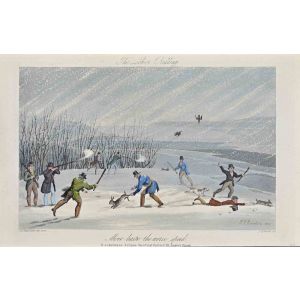








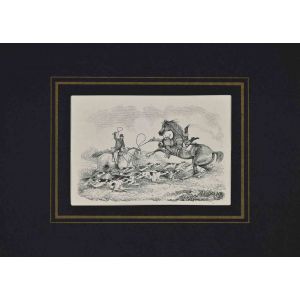

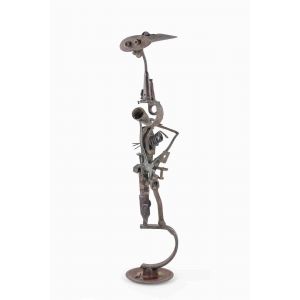
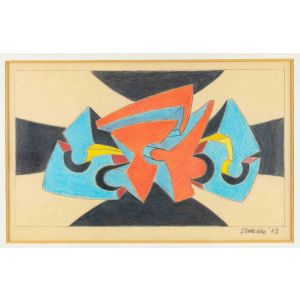




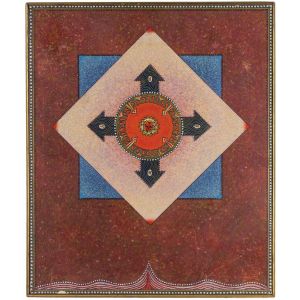





















Validate your login
Sign In
Create New Account